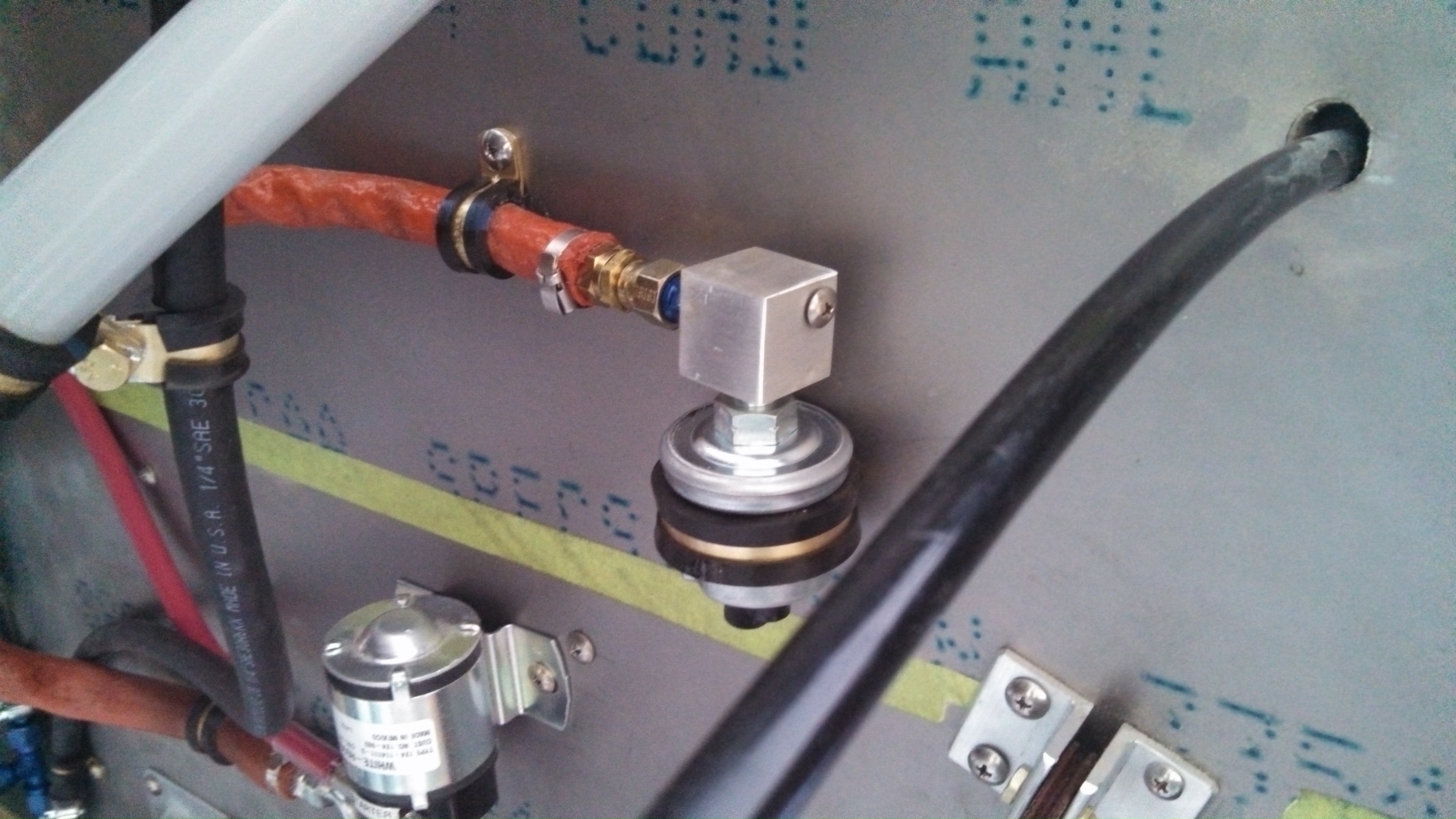The way most Velocities are setup is with the master contactor (solenoid) and stater contactor located up front next to the battery. With the starter in the back, this means a fairly large gauge wire running back to the starter. It also means two slightly smaller gauge wires running from the alternators to the front.
Now because I’m running a 24v electrical system, I get to run smaller gauge wires than the 12v guys. So my starter wires will only be 4 AWG instead of 2 or 0 AWG. This is nice because smaller is lighter, takes up less space and is easier to bend.
Copper wire is used throughout the aircraft. Aluminum is lighter, but there have been numerous documented problems with aluminum wire. One to my “go to” guys for supplies is Eric Jones at Perihelion Design. He’s supplied me with servo controllers, LED dimmers and switch guards. He also has this very interesting cable called CCA (Copper Clad Aluminum). It’s an aluminum cable that is covered in copper. So this wire is light weight (aluminum) and doesn’t have the problem associated with aluminum because it is covered in copper. It’s the best of both worlds. 🙂
Since I’m still in recovery mode, I decided to install one of the terminals on the cable just to see how it went. Normally, wire terminals are crimped on, but a good pair of crimpers for wire this big costs a lot of money and I only have about 6 to install. So it’s done in a McGyver fashion.
First I made a tool to hold the terminal and cable with a hole for a punch. Next I had to make a 5/16″ punch (an old screwdriver fit the bill nicely) Then with the cable and terminal held in position, I used the punch to “dimple” the terminal to “crimp” the cable. Then using a propane torch, I soldered the cable to the terminal. This will create a strong, permanent connection between the cable and the terminal.

Here you can see the dimple and how the solder has completely filled the end of the cable.
Finally, shrink tubing is used to cover the work.

I was able to find some yellow shrink tubing instead of the standard black.



































